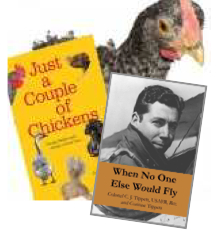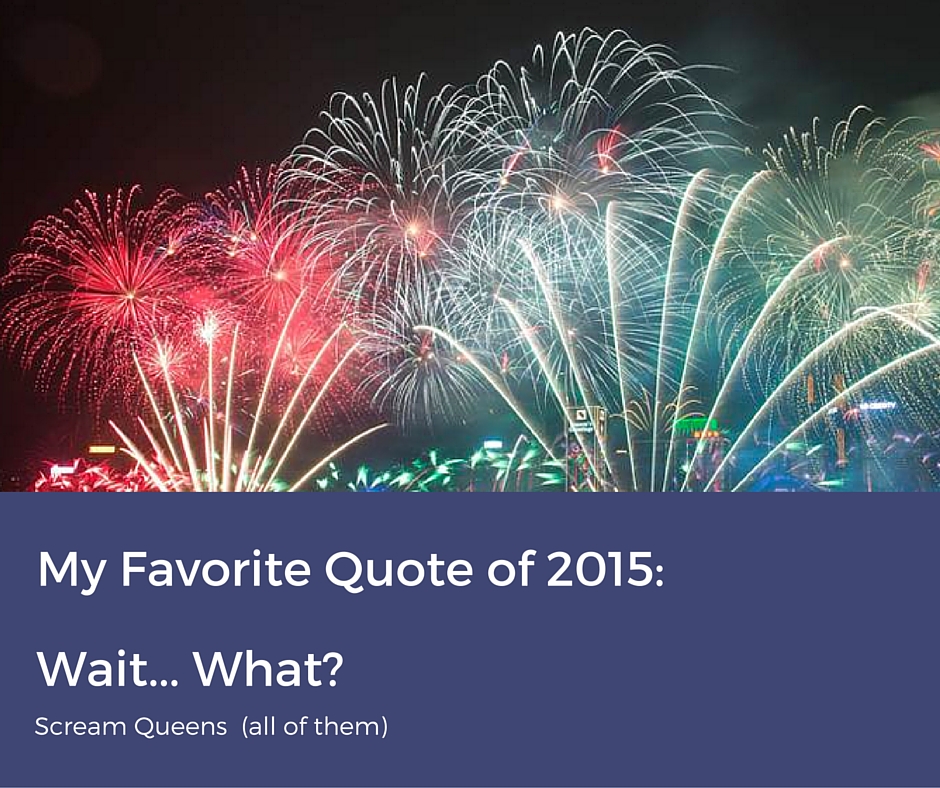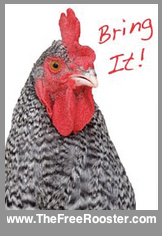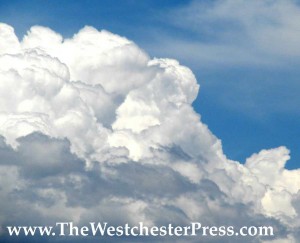Category: Answers to Frequently Asked Questions
Does the world need another How To for the self-publishing process? YES!
Because even the most helpful step-by-step how to self publish a book resources are not as step by step as I need them to be.
I honestly need a true step by step. I have so many things going on in a single day – not even counting my full time job – that I find it overwhelming to try and get the short pieces of time that I have available to add up to a large piece of progress on my writing project.
My book series does not seek to convince an author to self publish. There are many well written books out there for that purpose.
My books don’t try to teach why an author should take the steps I list in my series. The books listed below, among many others, are the best way to learn why.
My series takes a complex and challenging process and breaks it down into tasks that I can accomplish in an hour. Those hours add up over time – and I put them in order- which saves me an impressive amount of time and stress.
After I’ve read and re-read Dan Poynter’s “Self-Publishing Manual: How to Write, Print and Sell Your Own Book”, and Carla King’s “Self-Publishing Boot Camp Guide For Authors: Step-by-Step to Self-Publishing Success, I still am left with the overwhelming and often action-stopping stress of where to begin. That’s with two self published (and selling) books already under my belt!
I know I am not the only person wanting this kind of true step by step resource. I have to write it for myself – so I will write it in a way that I can share.
I’m up to the “research similar titles” part – always interesting – and I’m finding that it is more important than usual to watch the publication date because Self publishing is a quickly-changing field.
If you’d like to be on the book release notification list, just sign up or keep watching this site.
The tools of our trade are important to us since tool-using defines us on some of the charts in biology classrooms across the globe.
These are the tools I currently use:
Writing & Research
- MS Word – but not for more than the first drafts. When I finished my first 100,000 word manuscript I learned why real writers don’t finish manuscripts in word. The program promptly froze, like all the gurus back then warned it would at 100,000 words, which is why they suggested leaving it in chapters instead of one big document. Maybe that doesn’t happen anymore, I wouldn’t know because I moved on to better things.
- InDesign –for the finishing steps. InDesign works well enough but only an expertly expert von-experto could rapidly turn out all the different output formats I needed for print book and multi-formats of ebook. Or a bunch of paid plug-ins which only work with paid subscriptions, etc. So I still use it but I am slow.
- Scrivener – (still testing it) Scrivener redefines flexibility. I suspect that if I make an effort to learn it thoroughly, it will cut my software struggling time into itty-bitty fractions and fuel my productivity.
- Filemaker Pro – to organize research and publishing business info, but mostly because I know it very well so I can quickly build custom databases.
- Evernote – for database functionality in a more user-friendly environment that is truly portable. I can update via mobile, which I can’t do to my Filemaker Pro files as easily.
- Excel – for all the things excel can do that nothing else can do as well in the business of writing, but also for organizing information and ideas.
- Snowflake – a beautiful piece of software created by a writer for writing which helps structure my characters, scenes, and story structure. It is also a writing guide as well as a writing tool.
Website & Blogging:
- WordPress – self-hosted on Bluehost, using only free themes until I find a paid theme that I can’t live without.
- GoDaddy & Bluehost & iPower & DomainIt – for domain purchases. I wish I’d stuck with just one domain site instead of buying from all over the place. I was trying to see how different the pricing and customer service was between providers and there is no real difference. I could transfer them all to one but don’t want to spend the time.
- Chrome – because Google knows where I live. I liked Firefox but liked Chrome better. I won’t even mention Microsoft Exploder. And Safari is lovely except that nobody will talk to it.
- HootSuite – easy to use and will cross-post to Facebook and LinkedIn, where Tweetdeck will only post to twitter. At least for me. It used to cross-post but I think I offended it by not tailoring each post to the specific platform.
- Flipboard – an app for iphone and ipad that makes watching my social media streams like reading a magazine. Flipboard enabled me to finally understand what twitter could do for my mission to self-educate.
Book Production:
- Createspace – because it’s Amazon, and has so much background support. I am looking at going to Lightning Source to see if Ingram will then pay attention to me, but we’ll see.
- Worzala – a book printer in the midwest USA who was willing to stray into short-run printing while the economy was still slow. They were very patient with my inexperienced self and I got a very nice short print run.
Other Stuff:
- Time versus Money – I do it myself whenever I can and still put out a professional product. If I don’t know how to do something, I take the time to learn. Except for cover creation and editing, there I spend real money.
- Living within my means – My goal of earning enough to cover my rent is going to be more achievable if my rent is low. I became debt-free due to disaster, but I’ve stayed debt-free due to personal choice. If my lifestyle is reasonable, then my day-job time can also be reasonable, leaving me room to write.
- Listening – to my readers, to industry gurus, to my family, to the heartbeat of popular culture, to podcasts, to Billy Idol (cuz he is so LOVELY – even now!)
And those are the tools that I use – missing only those that I’ve forgotten to list.

Two books is great… ten books would be better! But where does a not-full-time author find the time to write ten books?
This is my favorite question to hear from people. No, wait a minute, actually my favorite is “Have you lost weight?” only I don’t hear that one very often.
But I do hear “Where do you find the time?”
I used to answer “from ditching my TV-watching evenings” but then Breaking Bad came to Netflix and I lost the time I used to find there.
And then I used to answer “from all the time I’m not spending at the gym” but then people stopped asking if I’d lost weight… back to the gym.
So then I was left with some possibly controversial truths; that I find the time by not doing many of the things that other women are doing. Like driving the kids to soccer practice, or volunteering at the school, or separating whites from colors before (or after) washing, or decorating for the seasons, or keeping up with people’s birthdays. And that my children have daily chore lists that are at least as long as my own. And that I’ve never run, or even walked, a marathon.
Along with that admission, I have to emphasize that even with the time found by not participating in portions of the American Family Lifestyle – I still have to rely on My System:
Methodical organization, regular up-skilling in software and technology, relentless list checking, and constant time-management efforts – which are constant because I get regularly derailed like everyone else does.
I’ve had to build good habits for working because they didn’t come naturally. If there is a productivity how-to out there on tape, DVD, YouTube, Podcast, print, brochure, TV, or under my windshield wiper then I’ve adopted a piece of it. Rarely all of it because I burn out half way through and go back to writing, but every little bit helps.
And the most effective systems that I’ve set up for myself are carefully thought out procedure sheets that help me step through big projects with small tasks, organized for efficiency and increased productivity via layering.
This is the system that I am building for the How To Self Publish A Book series.
Because I really need it in order to Write, Publish, Repeat (these authors host one of the BEST podcasts that I’ve got loaded for my dishwashing, commuting, treadmilling time).
Trying to decide whether to self publish your book as a print book or an eBook?
Ebook.
And then …. take a long think about all of your potential readers. How many of them may be interested in buying a print book? For instance, for my newsest book “When No One Else Would Fly“, the aviation history biography of Colonel C. J. Tippett, I chose to put out the print book first because the majority of my target market are older readers who may not be on board with ereaders – and will prefer a print book.
And because the retailers I have in mind for my niche marketing plan will need books to put on the shelves – of air museums, air show lobbies, and fly-in stands.
My next step is to put the book into eBook form, as I have already done with my first book “Just a Couple of Chickens“, available on Kindle and as an ePub.
You have to choose early on in your book production work because the formatting for each book is different enough that you have to split off into two versions. Although CreateSpace will helpfully offer you files from your print book to go plug into KDP (Kindle Direct Publishing), those files will not likely make a useable eBook.
You will have to format the manuscript back at the MS Word stage – all as one document, starting from scratch with clean headers and links embedded. There are excellent tips on how to do this on the KDP site and at Smashwords – which is the ePub site. You have to format your ebook in one way for Kindle, and another way for ePub.
So, while the short answer to “Should I self publish my book as an eBook or Print Book” is eBook, there is another question in there – “Is there a market for your print book as well?” And if the answer to that is no, then you can focus all your resources on your eBook.
But I am old enough to have some old-school in me, and I just love a print book. I think I will always have my books in print.
 This is a question I have blogged about alot – because it comes up in discussion alot.
This is a question I have blogged about alot – because it comes up in discussion alot.
It’s a big decision, and weighs heavily on authors wanting to get their work out.
I’ve thought about this as I’ve self published my own books – and continued to submit them to traditional publishers.
I’ve finally come up with a short answer to this long question.
If you can wait to see your work published, then definitely continue to submit to traditional publishers.
Set a schedule, set a number of publishers to submit to, create a good book proposal, and stay with it until your time, and list, is up. I
f you don’t get a response, consider the issue again and once again, see if you can wait.
Because ultimately, a traditional publisher can provide us with a team of people who can get our books to places we can’t get on our own. Because we are writers, and publishing is a full time business on its own and keeps us from our writing.
But if you can’t wait to publish your work – for instance, if you know you could be making money right now because it is a niche book with a niche market that you can reach on your own, then go ahead and do it.
Do it well, and carefully, and thoughtfully and strive for the editorial and presentation standards set by traditional publishers.
And continue to submit to traditional publishers, with the understanding that they probably won’t be interested until you can show significant sales.
Because, again, ultimately, we want to keep writing – and publishing work takes us away from that, even as it gets our books into our reader’s hands, which is, after all, the point.








